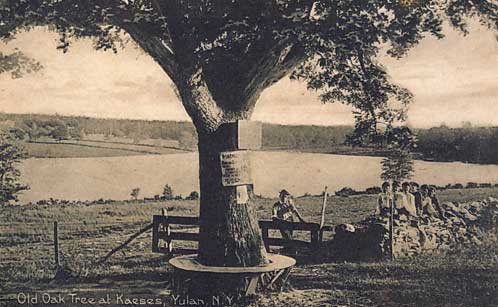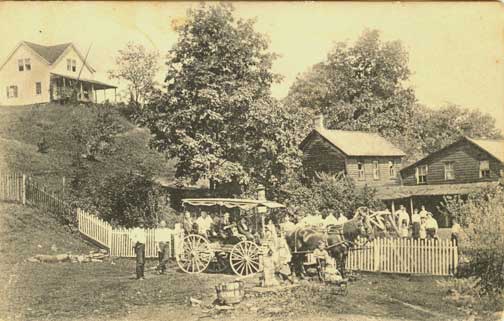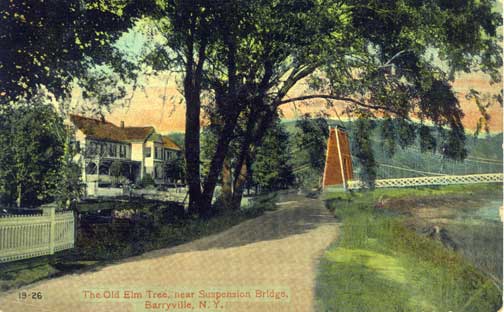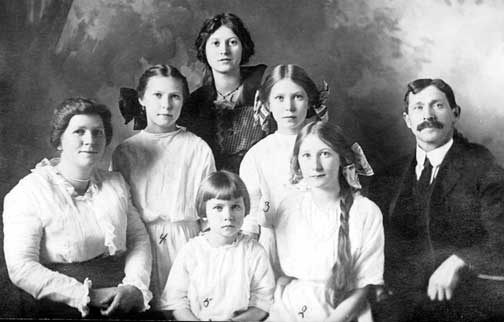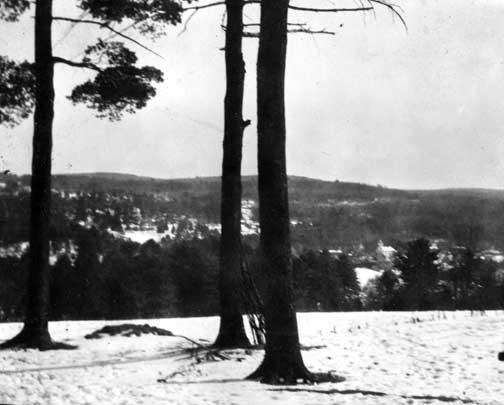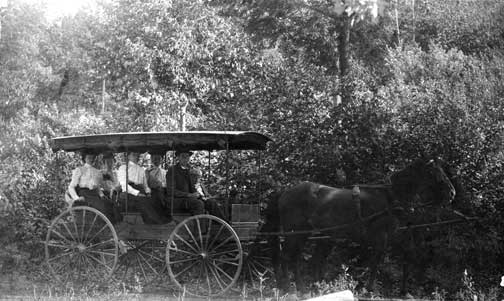Sullivan County has of late years almost been annexed to Brooklyn, so large is the Brooklyn exodus which sets in each year with the heat of summer for the crests of the Shawangunks and the picturesque valleys beside the sparkling Sullivan County streams…
Sullivan County is near and accessible. It gives mountain air, freedom, good fishing and charming rural drives at reasonable rates. Brooklyn men of moderate incomes can establish their families in a farm house there for the summer, visit them over Sundays and for their own vacations about as cheap as they could stay at home, and without the fatigue or annoyance of long railroad journeys.
The railroads have been important factors in bringing this region into popularity [with their] admirable volumes on Summer Homes along their lines…Another cause of popularity is the excellence of the farm board offered…
Dr. Bowdish Writes: “…Let me urge business men, bankers, brokers, merchants, mechanics and ministers, wearied in body and worried in mind, to halt. Rest, and try this trip. Get the health that will surely come to you in this mountain summerland.”
At Eldred: the Twin Lake House, the DeVenoge Mountain House, C.M. Austin & Co.’s Mountain Grove House, John Wait’s, and Mrs. Rebecca C. Eldred’s boarding houses…—Brooklyn Daily Eagle, 1894.

